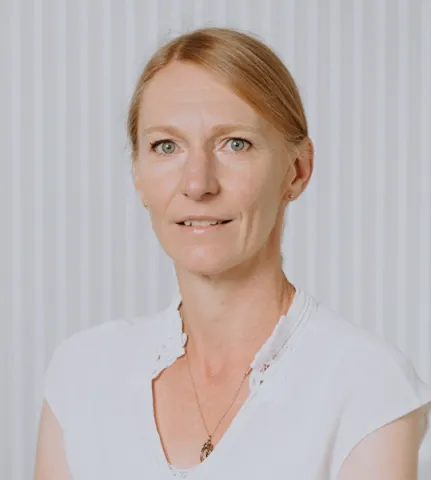Project overview
Materials that can be produced in very thin films, a few nanometres thick, are currently at the forefront of an exciting wave of scientific research. Compared to their traditional bulk material counterparts, these "nanosheet materials" present many unique optical and electronic properties that are advantageous for use in wide-ranging areas such as communications, imaging, sensing, and energy harvesting, to name but a few. Moreover, the properties of the nanosheet materials can be readily tuned by changing the layer thickness, stacking different materials together, and through electronic control, further expanding their application potential. However, there is a significant challenge to working with these atomically thin films: when optical signals are focused directly through the material the light-matter overlap is weak, so that most of the light passes through unperturbed. This makes the construction of efficient photonic devices that draw on the properties of the nanosheet materials very difficult.
The work in this programme aims to address this issue by integrating the nanosheet materials directly within optical fibre platforms, which are famed for their exceptional light-guiding capabilities. The materials will be incorporated into the fibres through a specially designed "interaction window" that has been opened into the fibre's cladding. This configuration allows for light signals that are guided within the fibre to interact with the ultra-thin material over extended propagation lengths, without any disruption to their optical path. The components built into this platform will therefore be immediately compatible with existing fibre systems and networks, which will facilitate their wide-spread use in academia and industry alike. By choosing the right material and device design for the target wavelength regime, it will be possible to develop an array of highly functional optical and optoelectronic devices that are suitable for wide-ranging applications, including high-volume manufacturing, telecommunications, and quantum information. Furthermore, by introducing electrical contacts to control the material properties, these devices could also be tunable in their performance metrics and wavelength of operation, paving a way for the development of next generation "smart" - real-time adjustable - photonic systems. These all-fibre integrated nanosheet devices will be designed and optimized for efficiency, stability and durability; key requirements that will expedite their transition into the commercial domain.
The work in this programme aims to address this issue by integrating the nanosheet materials directly within optical fibre platforms, which are famed for their exceptional light-guiding capabilities. The materials will be incorporated into the fibres through a specially designed "interaction window" that has been opened into the fibre's cladding. This configuration allows for light signals that are guided within the fibre to interact with the ultra-thin material over extended propagation lengths, without any disruption to their optical path. The components built into this platform will therefore be immediately compatible with existing fibre systems and networks, which will facilitate their wide-spread use in academia and industry alike. By choosing the right material and device design for the target wavelength regime, it will be possible to develop an array of highly functional optical and optoelectronic devices that are suitable for wide-ranging applications, including high-volume manufacturing, telecommunications, and quantum information. Furthermore, by introducing electrical contacts to control the material properties, these devices could also be tunable in their performance metrics and wavelength of operation, paving a way for the development of next generation "smart" - real-time adjustable - photonic systems. These all-fibre integrated nanosheet devices will be designed and optimized for efficiency, stability and durability; key requirements that will expedite their transition into the commercial domain.
Staff
Lead researchers
Collaborating research institutes, centres and groups
Research outputs
Haojie Zhang, Zhiguo Zhang, Noel Healy & Anna Peacock,
2021
Type: conference
